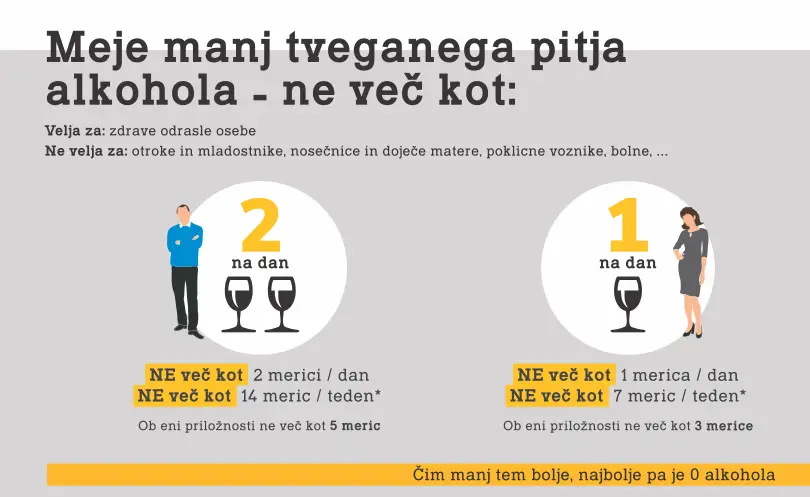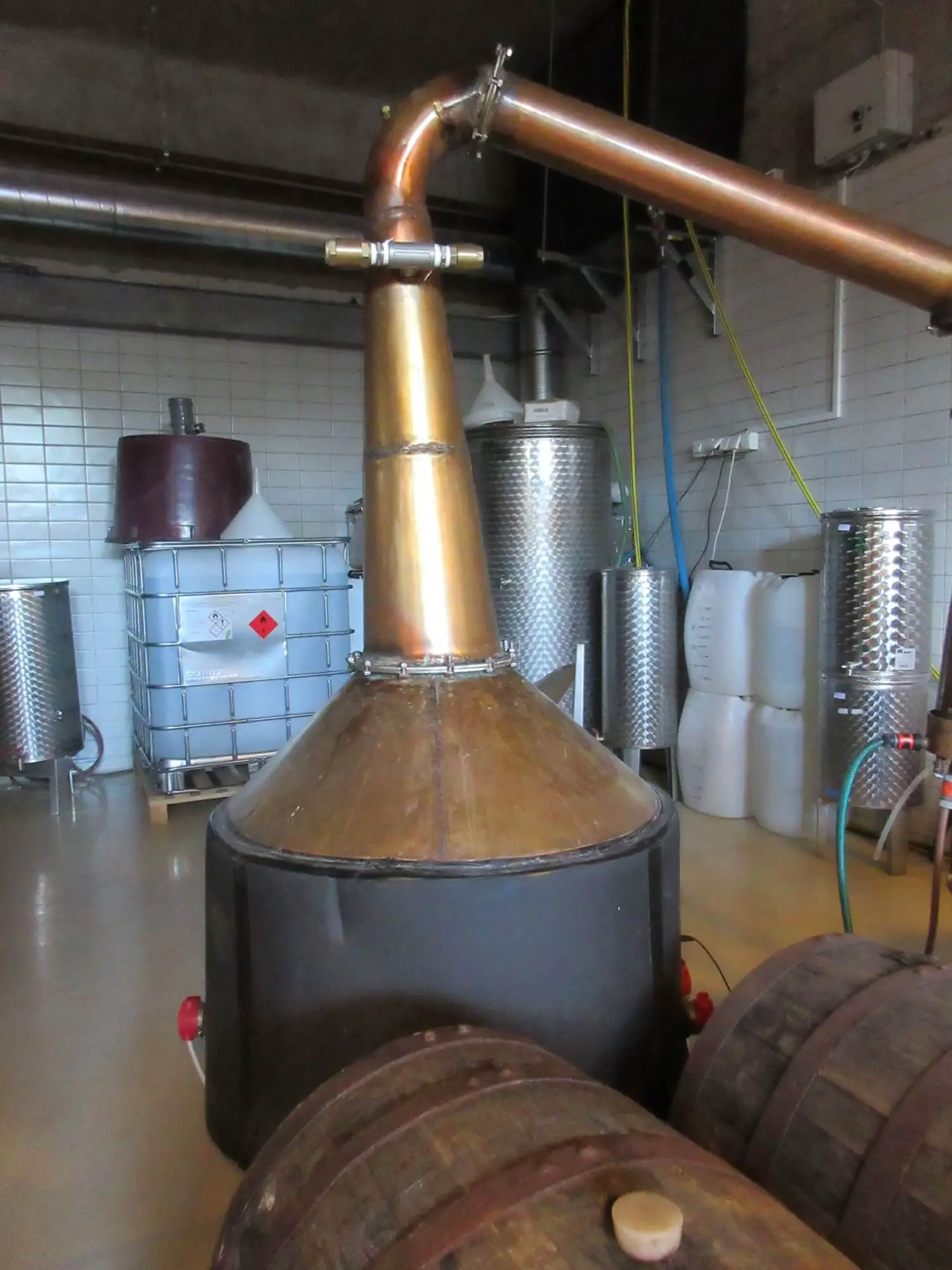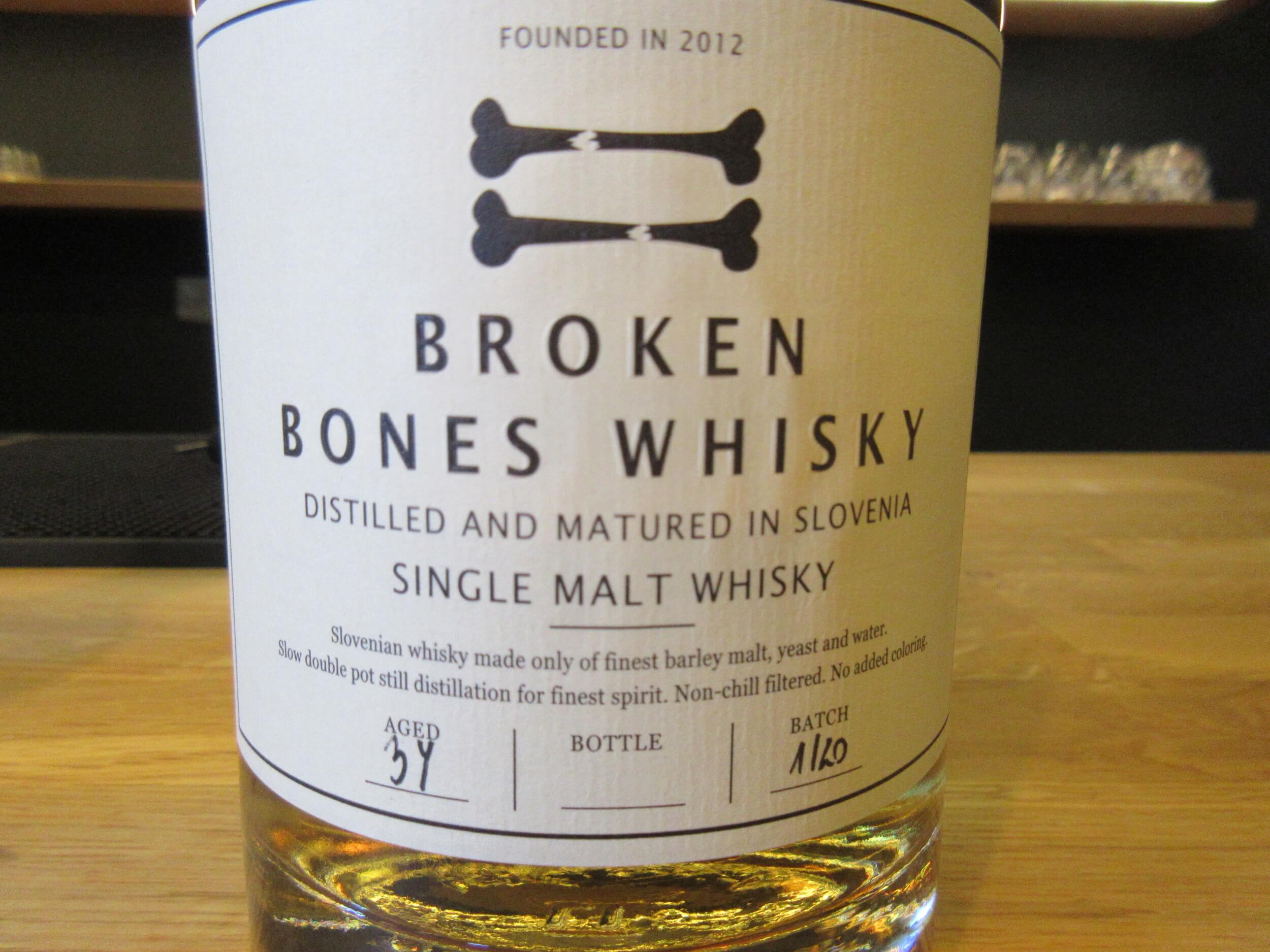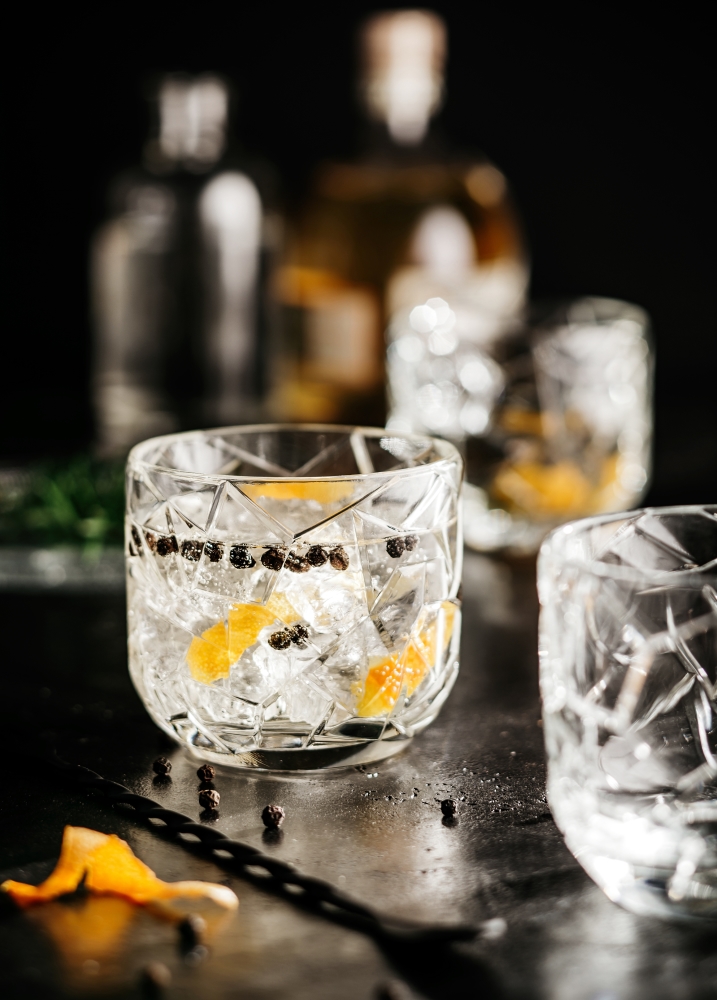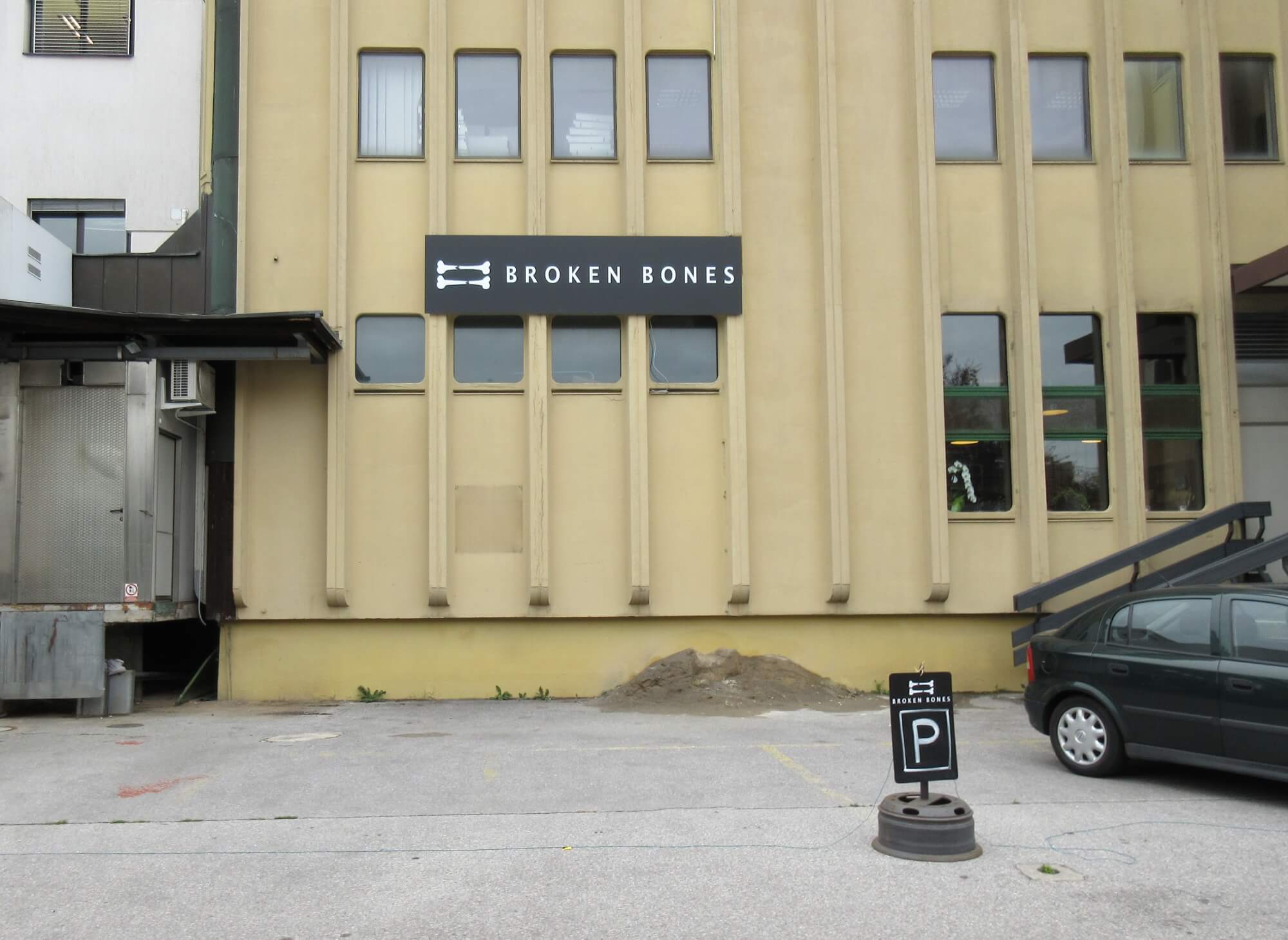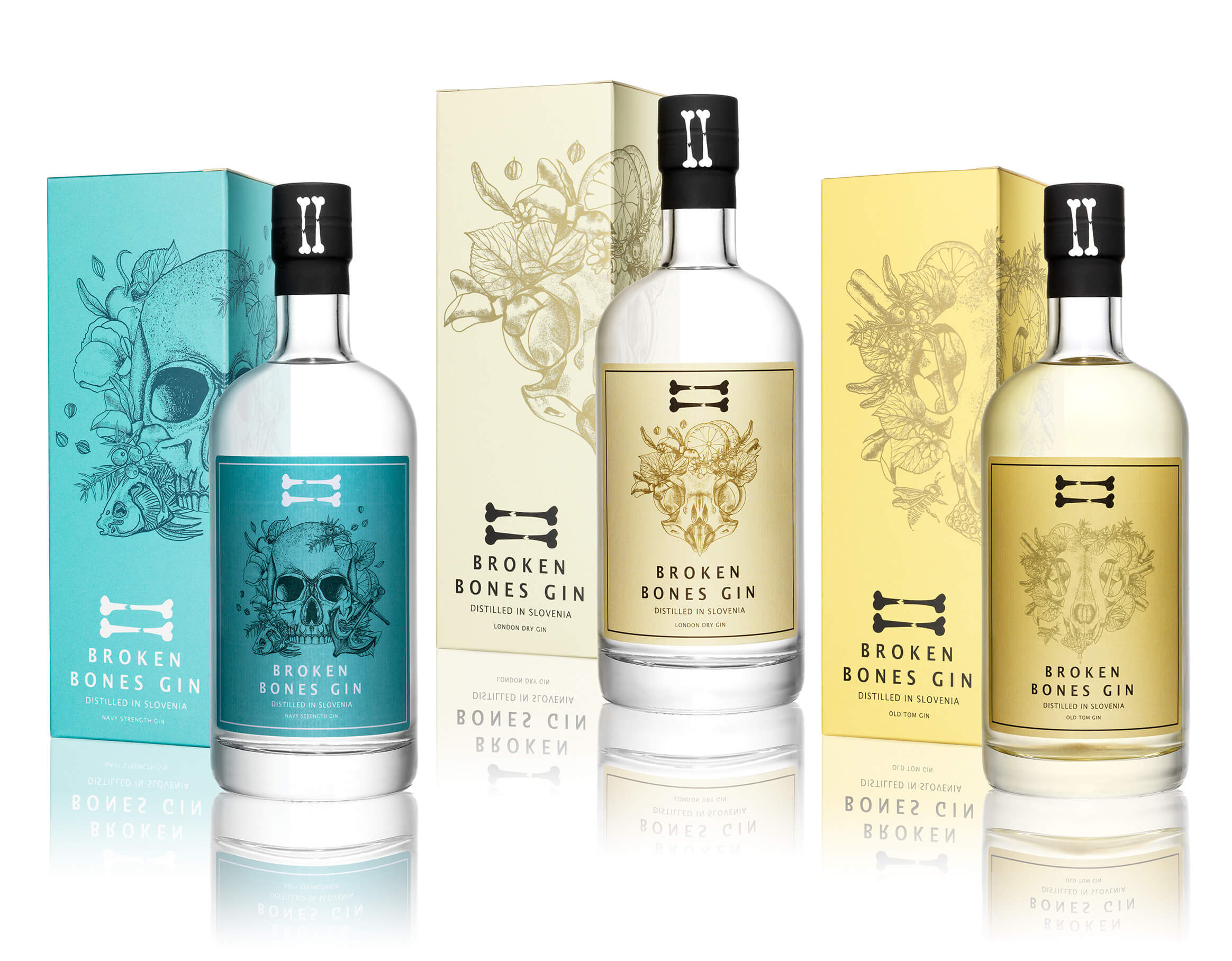Ljubljana related
STA, 2 August 2022 - On an annual level, at-home consumption of beer in Slovenia is some 26.4 litres per capita, according to the data from the Statistics Office released on Tuesday ahead of International Beer Day, a celebration for beer-lovers, brewers and pub owners.
Beer prices have gone up in 2021, by 3.2% year-on-year, as retail price for lager stood at EUR 1.83 per litre, while half a litre of ale in bars sold at EUR 2.89 on average.
In 2020, Slovenia had 68 active breweries, almost five times as many as in 2008 when there were only 15.
svetovni dan piva ANG from SURS on Vimeo.
Last year, Slovenia produced 1,260 tonnes of hops, the most important ingredient in beer brewing. Exports amounted to 2,253 tonnes, with the majority of it (56%) being shipped to Germany, while imports stood at 451 tonnes with Germany also being the biggest importer of hops to Slovenia at 64%.
The total value of beer imports last year was EUR 26.7 million, with Austria making the most profit at a 38% share. The value of exports reached EUR 55.9 million, with most beer (25%) being exported to Croatia.
Interestingly, Slovenia also has a beer-related street name, Pivovarniška Ulica (Brewers' Street), with one located in Ljubljana and the other in the spa and brewery town of Laško in the east. Both streets combined house 32 residents.
Originating from California, US, International Beer Day was founded in 2007 and is now celebrated worldwide.
STA, 8 February 2022 - Vera Spirits, the Ljubljana-based non-alcoholic spirits maker, has expanded its presence to 15 countries in just over a year in business, and has great ambitions for the future. Filling more than 10,000 bottles last year, it plans to grow four-fold in 2022.
Vera Spirits was founded by Luka Nagode and Urška Dvoraček, who set up a distillery in Ljubljana in 2019 with the aim of producing gin and rum, before moving into the innovative production of exclusively non-alcoholic spirits.
"We decided to take the non-alcoholic route because it presented a very exciting challenge," said Nagode, adding it is not necessary to consume alcohol to have fun, socialise and enjoy tasty beverages.
The market of alcohol-free drinks has seen strong growth in recent years, with beer leading the way. Non-alcoholic spirits, such as those produced by Vera Spirits, are also becoming an increasingly popular global trend.
The company has been present in the market since the end of 2020. Last year they filled and sold more than 10,000 bottles, generating revenue of EUR 15,000. They expect to reach 40,000 bottles this year and up to 250,000 bottles in five years.
"At that point, we should be ready to be taken over by bigger players in the alcohol world, who are already thinking about expanding their portfolio with alcohol-free drinks for adults," Nagode told the STA.
Vera Spirits employs five people and expects to recruit three new employees this year. It is currently present in 15 countries around the world.
They first decided to enter countries where the market is already established and consumers are familiar with such products to a certain extent, Nagode said, listing Australia, the US, Canada, New Zealand, Spain, Germany and Denmark as examples.
The response from abroad has been excellent and they are now focusing their efforts more intensively on the Slovenian market, where they generated half their total revenue last year.
In 2022, the company intends to focus on the six markets that were the most profitable last year and try to consolidate and increase their presence there.
"It is not enough to get a local distributor, we have to empower them, support them financially and provide content with our products, so that they can be successful. We are delighted that the US is one of these markets," said Nagode.
Vera Spirits has thus far won top honours in the US Beverage Testing Institute and South Africa's Aurora International Taste, and it has been awarded three medals by The Spirits Business, a British magazine dedicated exclusively to spirits.
STA, 30 January 2022 - An average Slovenian drank 35 litres of wine, or just over 46 standard bottles, in the marketing year 2020-2021, that is nearly three litres a month. The country's wine consumption in this period totalled 764,000 hectolitres, and the self-sufficiency rate stood at 95%, according to data released by the Statistics Office.
Slovenia produced 725,000 hectolitres of wine during this period, with white wine accounting for 70%.
Wines with a protected designation of origin contributed 58% to the country's total wine production, or 423,000 hectolitres.
White wine seems to have been a bit more popular in 2020-2021, as it represented 66% of the total wine consumption in the country.
The average Slovenian drank 23 litres of white wine in the last marketing year, or almost 2 litres a month. Slovenia was completely self-sufficient in this period when it came to white wine.
STA, 7 November 2021 - Slovenia will produce 10-15% less wine than last year, mostly due to the Dolenjska wine region being strongly affected by the spring frost. However, wine growers around the country report it has been an above-average year in terms of quality.
The drop in quantity is also attributed to lower yields of certain varieties in the other two wine regions, but not as such as in Dolenjska, where only half of last year's production was achieved, Marjan Colja of the Wine Association of Slovenia has told the STA.
Colja, the director of the wine producer Vina Kras, noted that the production was close to normal in the western region of Primorska, while the Kras area had been affected, not by frost but by wild boars and birds.
Wine growers are nevertheless more concerned about the quality of wine than about reaching records in terms of quantity as competition in the market is fierce and demand has dropped due to the Covid-19 pandemic.
Weather conditions were favourable ahead of the harvest, with the sunny and not so cold weather being very useful. Colja noted that wine growers around the country reported that it was an above-average year in terms of quality.
The largest Slovenian winery, P&F Wineries, said that despite the very demanding spring and damage done by the frost, the quality of wine was the best in the last 12 years according to preliminary estimates.
In addition to the lower production, wine growers and wine makers have also been affected by coronavirus restrictions, as public lockdowns resulted in lower sales to hotels and restaurants.
Another blow comes as the majority of celebrations of St. Martin's Day around Slovenia have been cancelled due to growing infection numbers, including the largest event in Maribor. "The closures certainly bring nothing good," Colja said.
According to him, some wine cellars decided to distil excess wine, which is being supported by the state. "However blasphemous this may seem to a wine maker, it is still better to make something useful ... than sell at dumping prices."
Colja added that the major winery companies had been generous this year to grape producers and had been ready to raise the purchase prices of grapes, which he believes was the right decision.
While it is not easy to sell wine either in Slovenia or abroad, he noted that exports were still a problem, in particular to the Chinese market, the reason being that there are fewer fairs and opportunities for promotion due to the pandemic.
Colja said that the state had the key role in promoting export activity, and that wine makers were perhaps subjected to too many restrictions. "Many prefer not to use state funds because they don't want to have administrative problems."
According to the Agriculture Ministry, between 80 and 90 million litres of wine is produced in Slovenia annually by more than 2,500 registered wineries that bottle their own wine. Eleven producers make more than half a million litres a year.
The ministry has told the STA that experts of the Chamber of Agriculture and Forestry had estimated that this year's production will amount to around 55 million litres of wine.
Vineyards in Slovenia are located on steep slopes, which means very expensive production, but also good quality, with quality wines representing as much as 70% of total output.
The total land area covered by vineyards has not changed significantly in recent decades. It was increasing until 1996, after which it started to decline slightly. Compared to 2010, the land area covered by vineyards today is 5% smaller.
Last year, the average price of wine with the Slovenian geographic origin sold in Slovenia and in the EU markets was down for all categories of wine compared to 2019, while sales were up by 6%, with sales of wine for distillation included.
Slovenia mostly imports wine from North Macedonia, Italy, Germany and Hungary, while it exports its quality wines to Germany, Croatia, the US, the Netherlands, Bosnia-Herzegovina and, in recent years, to the Czech Republic.
STA, 28 September 2020 - Last weekend seemed to have been ripe with unwise decisions on roads in eastern and south-eastern Slovenia. The police recorded a total of 18 cases of drink driving in the Dolenjska, Posavje and Bela Krajina regions in merely seven hours.
Ten persons were found to be driving with 0.52 milligrams of alcohol per litre of breath in their system, whereas eight exceeded that amount, the Novo Mesto Police Department reported on Monday.
In Slovenia, the legal limit is 0.24 milligrams of alcohol per litre of exhaled air.
A total of 405 drivers were stopped on Saturday evening with the police checking their psychophysical condition as well as penalising traffic violations.
One of the offenders exacerbated the situation by driving without a valid driver's licence while his partner and kid were present in the car. The vehicle was impounded by the police.
Drink driving also left a mark on Sunday when two car accidents occurred. In both of them the persons responsible for the crash were under the influence of alcohol.
On Sunday afternoon, an inebriated 52-year-old lost control over her vehicle at a roundabout near Sevnica in Posavje and crashed into a traffic sign. She recorded 1.74 milligrams of alcohol per litre of breath.
The Črnomelj police in Bela Krajina meanwhile dealt with a 22-year-old who steered off road and hit a traffic sign as well in the night to Sunday with 0.61 milligrams of alcohol per litre of breath found in her system.
STA, 4 August 2020 - Alcohol consumption among young people in Slovenia declined in 2017/2018 but it remains high by international standards, the National Institute for Public Health (NIJZ) said on Tuesday, as it presented the results of international survey Health Behaviour in School-aged Children (HBSC) for Slovenia.
The survey, conducted in Slovenia every four years, showed that 71% of 15-year-olds and 86% of 17-year-olds have tried alcohol, while 27% of 15-year-olds and 52% of 17-year-olds have been drunk at least twice in their life.
Do you drink too much? Take a simple test in relatively simple Slovene at sopa.si
"The trends in the 2002-2018 period are favourable; most indicators of alcohol consumption are down, but we are still exceeding the international HBSC average," said the head of the project in Slovenia, said Helena Jeriček Klanšček from the NIJZ.
Slovenia ranks 11th among the 45 countries included in the survey in terms of the share of 15-year-olds who have been drunk at least twice in their life and 10th by the share of those who have tried alcohol, Jeriček Klanšček said.
The NIJZ stressed that parents' attitude to alcohol and communication with their children was crucial in preventing alcohol abuse.
You can see a PDF of the full WHO report, which covers much more than alcohol, here
Broken Bones (BB), the Ljubljana-based distillery that recently took home the title best gin in Europe have finally released their first whisky. The finally is because BB was started with the aim of making whisky, but the process takes so long that they started working on gin while the first batch was still waiting in the barrel. Now, 3 years later and the name Broken Bones already synonymous with small batch gin (available online, at the distillery the company and a few select bars and restaurants) has achieved it’s first aim – to produce a top-quality whisky in Slovenia.
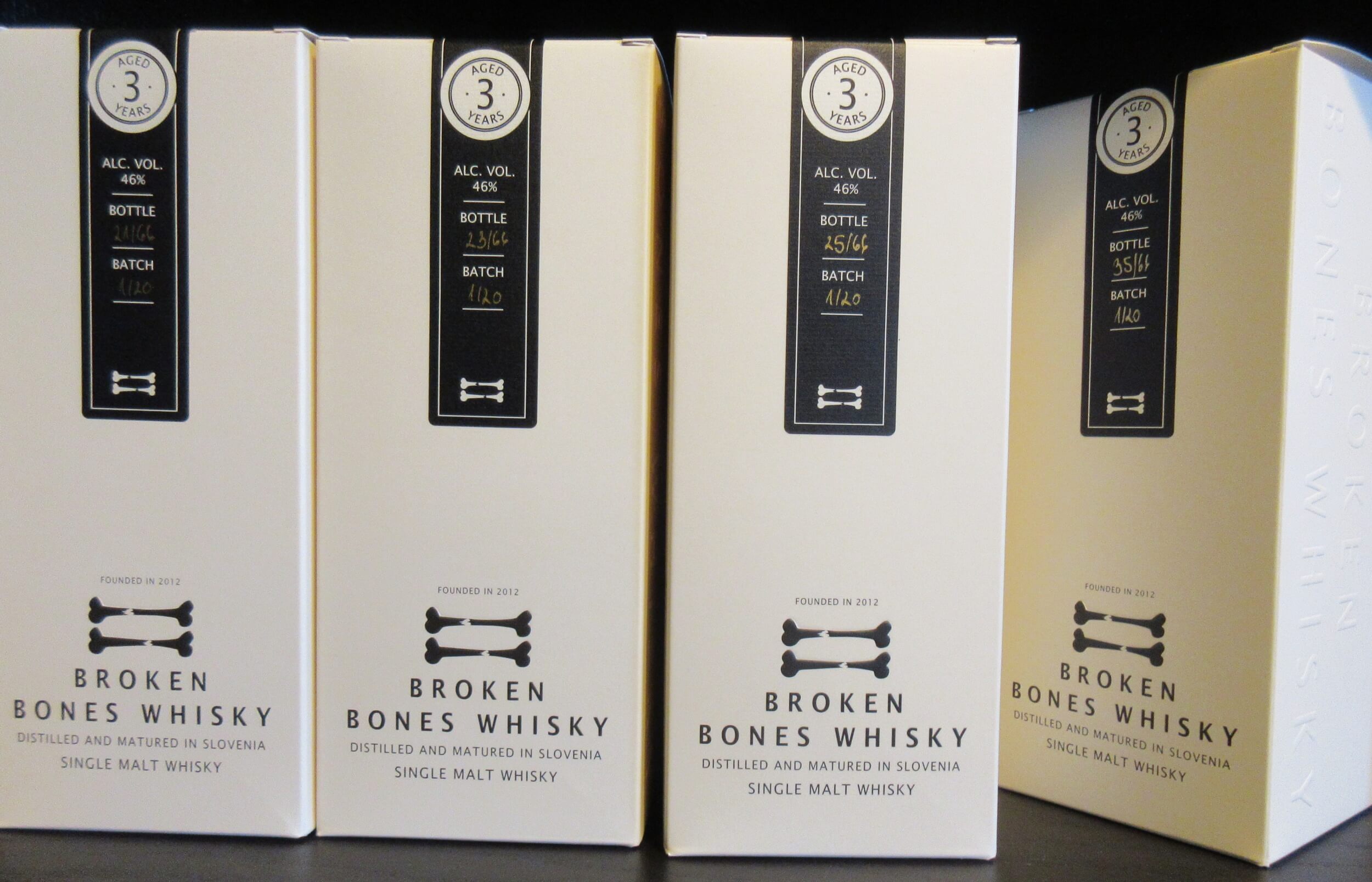
It’s a Scottish style whisky aged in oak, first in Slovenian barrels, then finished in used bourbon oak barrels from the US. Time and this process transforms Slovenian water, barley, yeast and air Into the rich flavours of a whisky for sipping and slowly enjoying.
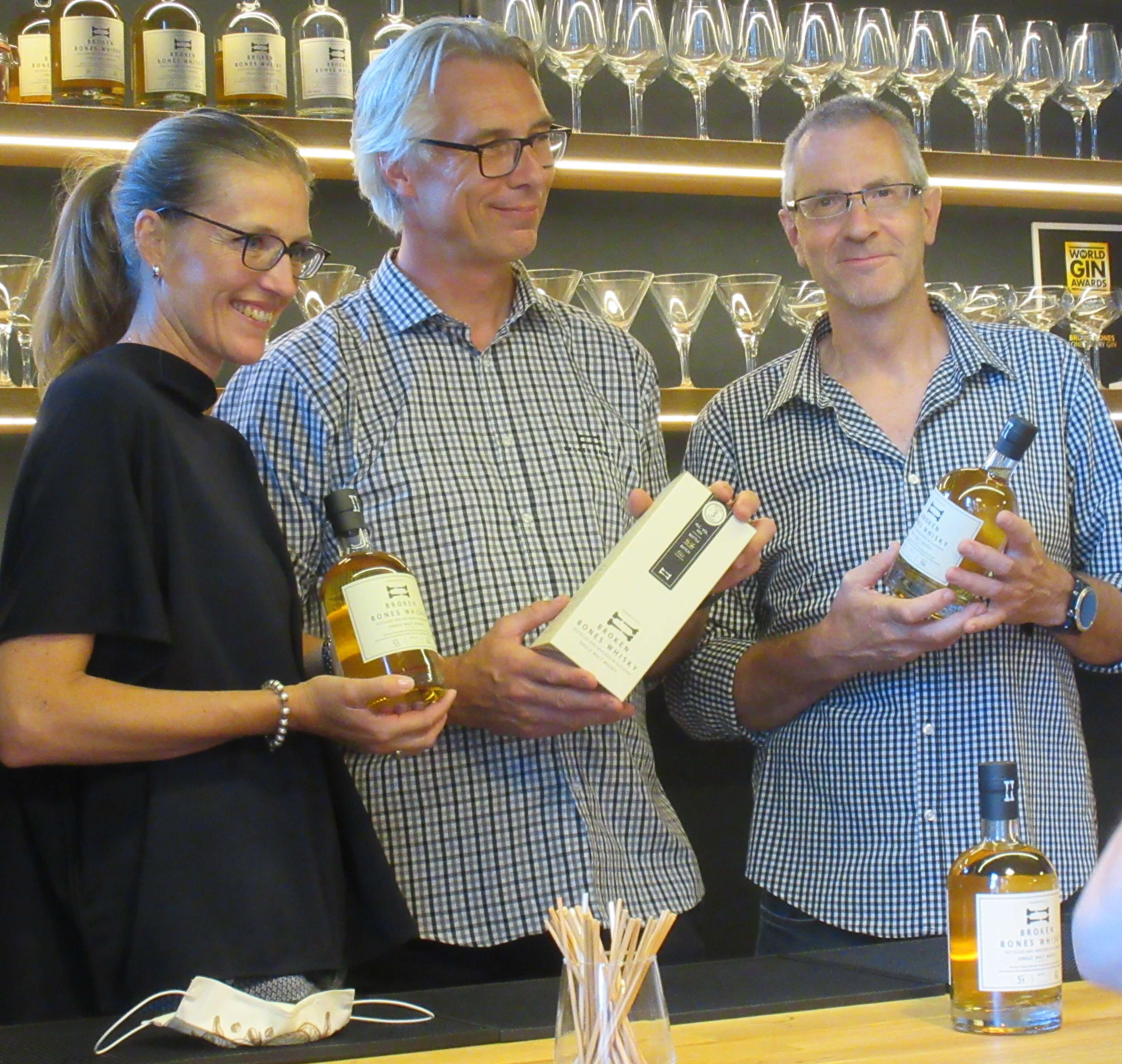
Polona, Borut & Boštjan. Photo: JL Flanner
We’ve covered the BB origin story before, but in short the broken bones refer to the accidents that befell the other BB at the distillery – Boštjan Marušič, a computer scientist, and Borut Osojnik, a professor of philosophy – when starting the business. The team is rounded out by the third co-founder, Polona Preskar, responsible for sales and marketing.
The still. Photo: JL Flanner
While gin can be produced in a matter of weeks, whisky takes time, and the colourless 70% alcohol new make needs at least a year in the barrel before it can even legally called whisky. Beyond a year, whisky can be kept as long in the barrel as people are able to resist drinking or selling it.
This whisky is only the start of the story. At the end of the year the second batch will be released, a peated whisky that I sampled. It tasted like an Islay, and is something to look forward to. From then on the plan is to release a new small batch twice a year, expanding production along with the market.
The whisky is a premium product, at €155 a bottle, and not intended for use with shot glasses or Coke. It’s for whisky lovers who enjoy collecting the rare and curious – with this batch available in a limited edition of 66 – and those interested in following the progression and development of BB whisky, with the peated version due in December, and the 4th year batch next summer.
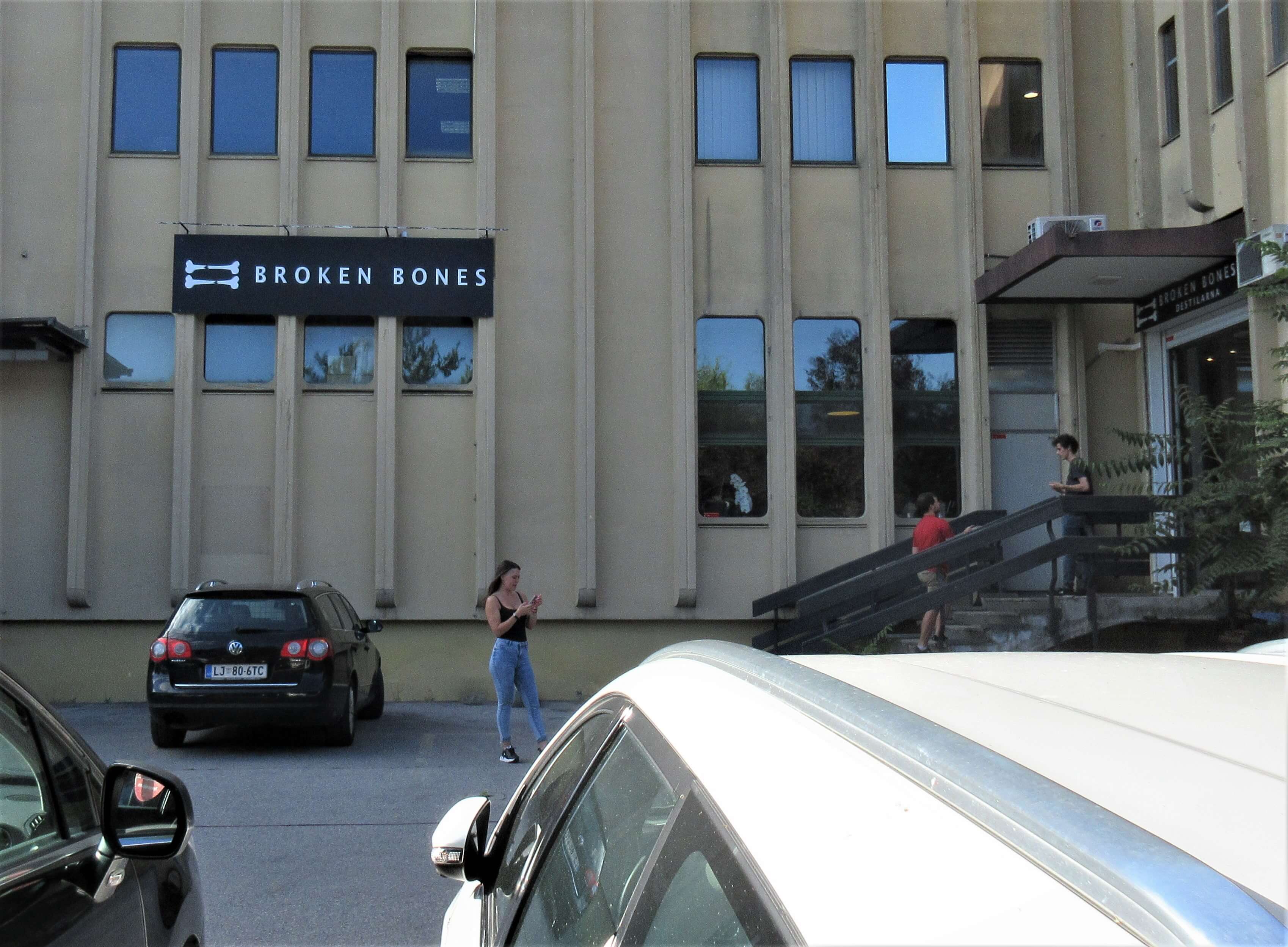
The distillery is not far from the centre of town, and on the bus and train routes. Photo: JL Flanner
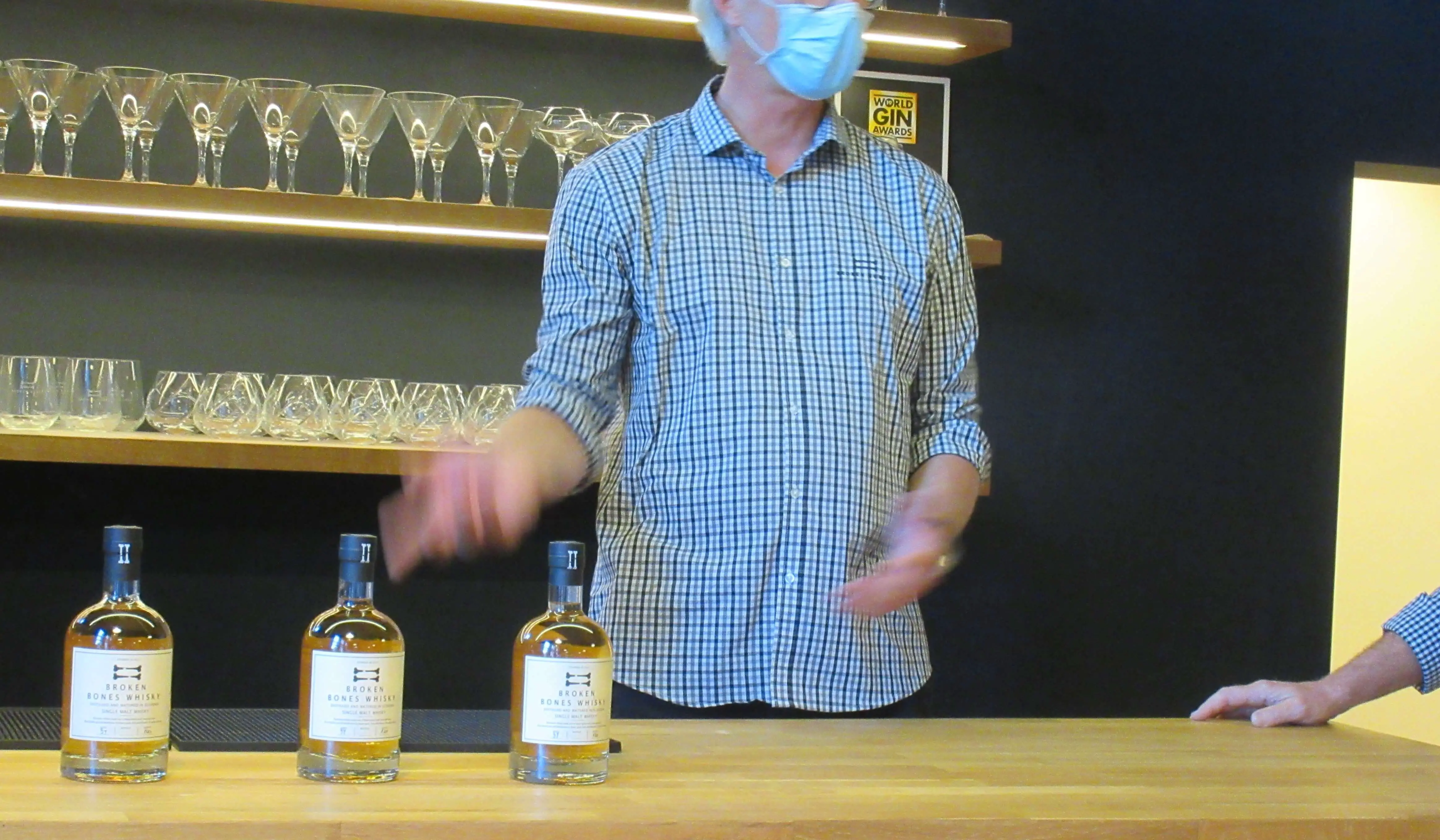
The whisky was launched with full social distancing and safety measures. Photo: JL Flanner
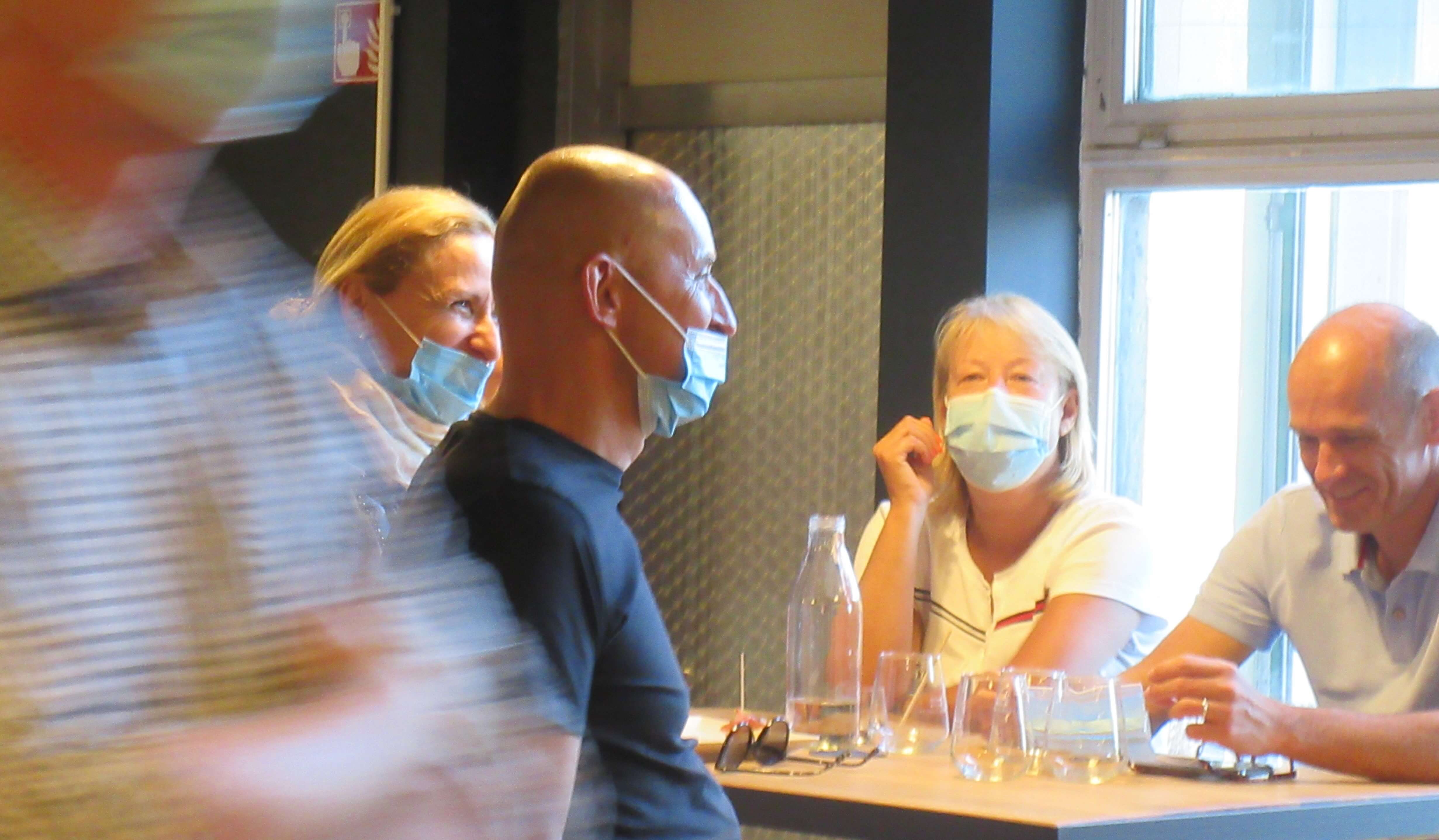
Due to the limited production run the whisky will not be available in bars or stores, and can be bought exclusively through Broken Bone’s website or on a visit to the distillery.
Na zdravje!
According to a report by the Slovenian Traffic Safety Agency, drunk drivers have caused 507 traffic accidents so far this year, which is 16% less than in the same period last year. However, it should be noted that in the period from 15 March to 15 May, when measures were in place to contain the coronavirus epidemic, there was significantly less traffic than usual. In this period 1,454 traffic accidents were recorded this year compared to 2,949 accidents in the same period last year.
During the epidemic containment period (from March 16 to May 31), however, the share of traffic accidents caused by drunk drivers rose to 14%, up from 9.5% in the same period last year.
Of all those who died in traffic accidents this year (32 people), 13 lost their lives due to a drunk driver. Nine of the drunk drivers died in the accident they caused.
In most cases, the cause of the drunk driving accidents was driving in the wrong direction or on the wrong side of the road (7 accidents with 7 fatalities) and at an inappropriate speed (3 accidents with 3 fatalities).
Among all drunk drivers who caused traffic accidents this year (26 people), whose blood alcohol content was measured above 2 promille (blood alcohol concentration per thousand, with 1 promille meaning 1 gram of alcohol per kilo of blood) , 18 of them went drunk driving during the epidemic lockdown, or almost 70%. The highest measured level of alcohol in blood of the perpetrator of the traffic accident was 3.13 promille, which also ended with loss of life. The average level of alcohol in the blood of the perpetrators of fatal traffic accidents was 1.21 promille (down from 1.58 promille in the same period last year).
As part of stricter controls the police will conduct monitoring of the psychophysical condition of drivers on June 20, 2020, from 6 pm that day until 6 am the next day. The purpose of tighter controls is in spreading awareness of the dangers of driving under the influence of alcohol or drugs.
Slovenia is one of the countries where alcohol consumption per capita is among the highest in Europe. According to the World Health Organization, this amounts to 12.6 liters of pure alcohol per capita in the population over the age of 15. The risks of driving under the influence of alcohol and other illicit substances are very high, as they reduce the psychophysical ability to participate safely in traffic.
STA, 1 June 2020 - The association of chronic non-contagious diseases urged on Monday the Health Ministry, the government and National Assembly to introduce stricter measures concerning alcohol policy and to strive for a joint systemic tackling of heavy alcohol consumption in Slovenia, most notably efforts mitigating the situation among the young.
The organisation, bringing together a number of public health NGOs, has highlighted that youths are the primary target market of the alcohol industry.
Today's appeal to the authorities coincided with the release of the Slovenian translation of Olivier van Beemen's book titled Heineken in Africa.
Related: Interior Minister, Hospitality Industry Oppose Stricter DUI Rules
The Dutch investigative journalist reveals unethical strategies and practices of the alcohol industry in Africa in the book, reads the association's press release.
Such practices are not only a problem of the third world, but are also very much present in Slovenia, highlighted the NGOs.
Slovenia ranks among countries with the highest alcohol consumption rate per adult on average. The World Health Organisation has notified Slovenia on a number of occasions that the country is lagging behind most advanced countries in this area and that it is high time Slovenia stepped up its alcohol policy.
Related: Coffee, Cigarettes & Alcohol – Slovenia’s Place in the World
The association believes that Slovenia should raise alcohol prices and ban relevant marketing, including online advertising. Moreover, event sponsorship by the alcohol business should be banned and the sales restriction for underage or inebriated persons should be strictly implemented.
Online sales and home deliveries should be banned as well, in particular during times of epidemics or similar extreme circumstances, and zero-tolerance policy should be imposed regarding drinking and driving.
The association deems that the damage done by alcohol in society overrides any potential financial benefits of selling alcoholic beverages.
An inefficient alcohol policy increases the burden on healthcare, the police, judiciary, social work organisations and local communities, and deteriorates people's health and well-being, reads the press release.
Related: Youth Say No to Cigarettes & Alcohol, Yes to Marijuana & Social Media
Slovenia has a long tradition of growing juniper berries (brina) and turning them into alcohol (brinjevec or brinavec), and thus the rise of Slovenian gin producers over the last few years isn’t as surprising as you might think. Moreover, the relatively small scale and rapid production that gin enables, unlike, say, wine, means it’s an interest open to the hobbyist, craftsperson and entrepreneur alike – ripe for exploration and adventure.
Photo: Open Kitchen, to promote the same group's Brina Gin Festival
In addition to the growing number of Slovenian brands, many following their own paths in terms of flavour and production methods, there are also events like the Brina Gin Festival, drawing more attention to the industry, serving new cocktails and food pairings, enabling drinkers to meet producers, and vice versa.
One fruit of this raised profile is the news this week that Ljubljana’s Broken Bones Distillery has won awards in the Contemporary Gin Category (Over 42% ABV) and London Dry Gin Category at The Gin Guide Awards 2020, with the firm’s Broken Bones London Dry Gin also named the Best in Europe (including, it must be said, Britain).
Broken Bones Distillery is in a quiet building on the edge of Ljubljana. Photo: JL Flanner
Gins from more than 30 countries competed in The Gin Guide Awards 2020 in categories based on production methods, style of gin, and country of production. The winners were selected through a rigorous blind tasting process conducted by a large panel of distinguished gin experts, distillers, retailers and mixologists. Each gin’s appearance, aroma, flavour, mouthfeel, finish and overall quality and market appeal are judged to decide the highest scoring gins, based purely on the spirit itself and with no influence, the Awards stress, from branding or marketing.
The full list of winners in all categories can be found here, while you can learn more about Broken Bones Distillery, including how it got its name and how you can pay a visit, in our interview with one of the owners, Boštjan Marušič, from last year. You can also visit the Broken Bones website and order a bottle of London Dry to enjoy neat or with your favourite mixer.


